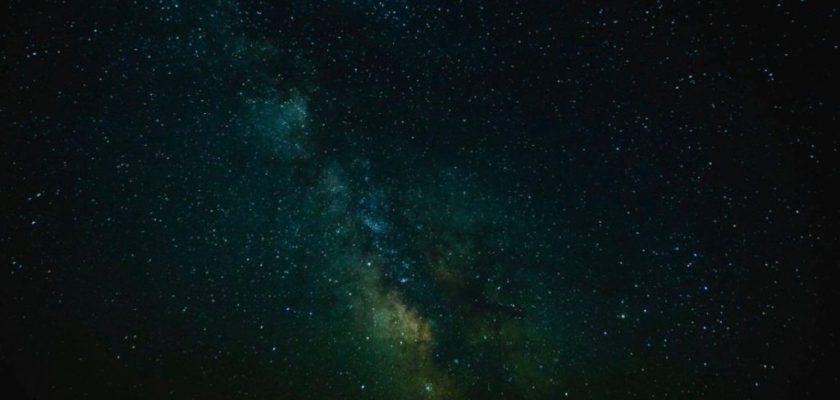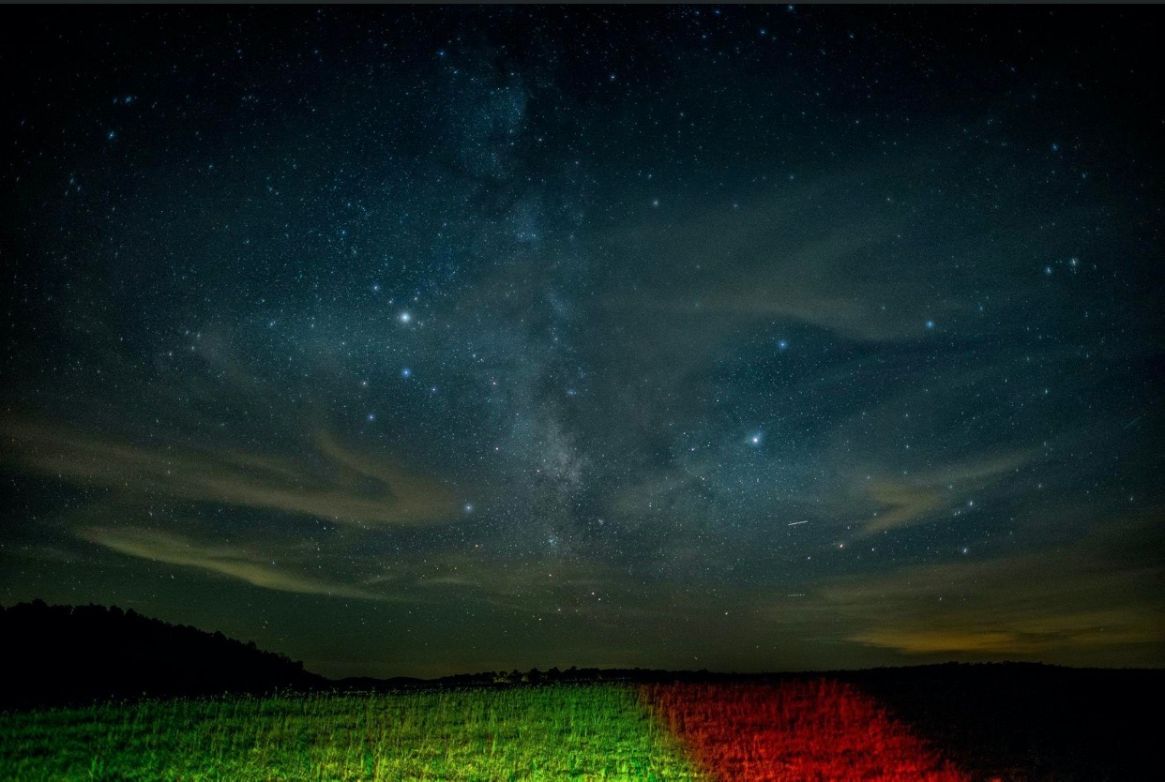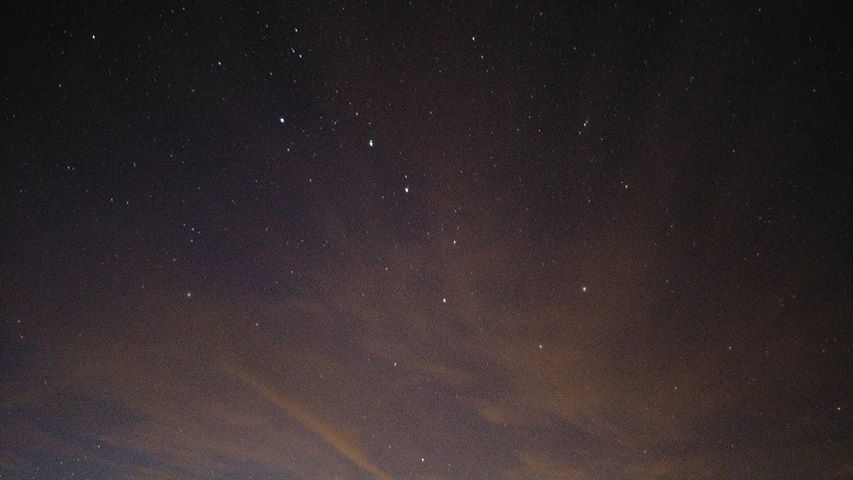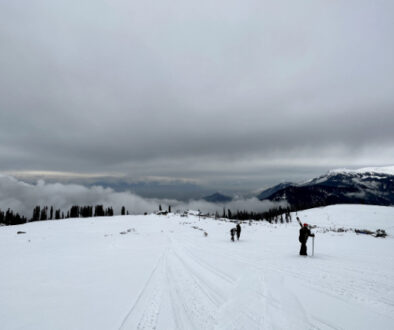Travel Blog
Observing the Milky Way and Beyond at Cherry Springs State Park

This piece was published in Potter County Stargazing Tours on Dec 31, 2020
Carl Sagan, the astronomer, once said that we are all made of star stuff. All the elements that make up our lives – the living cell, the oxygen we breathe, the iron in our blood and the gold and silver of our jewelry – were formed by the death of a star and which is why, during this year of the pandemic, my eyes have often gazed upwards.
In fact, before the onslaught of television and the internet, generations of families spent time outdoors watching the stars – the greatest show on earth – and made up stories to makes sense of this randomness in nature.
Mystified by this vast universe that we live in, I decided this past fall to take a trip to Cherry Springs State Park, Pennsylvania., one of the best places in the Eastern seaboard for observing the dark sky. Cherry Springs is an International Dark Sky Park that restricts artificial light and thus entertains an exceptional quality of clear starry nights. For this reason, the park is protected for educational and public enjoyment.
Best Moon Phase for Stargazing
After a bit of googling I found the Park’s former astronomer, Greg Snowman, who has for the past few years been offering weekend star gazing tours at a field in Potter County, located approximately halfway between the town of Coudersport, PA and Cherry Springs State Park. The best time for stargazing, according to Snowman, is when there is little to no interference of reflected light from the moon. This is usually around the third quarter of the moon phase, when the moon doesn’t rise till midnight and through 4-5 days after the new moon. I contacted Snowman about visiting but had to be flexible as cloudy skies preponed my trip by a day.

My Coudersport Trip
We did the trip in autumn when the drive to Coudersport over undulating Pennsylvanian valleys was enveloped in amber, yellow and red foliage. A lovely town to stay in, adjacent to Coudersport, is Wellsboro which has some quaint shops and good dining. One restaurant, we enjoyed, was the Red Skillet, a bistro café, that has outdoor dining. As we were there for the weekend, we spent the next day visiting adjoining parks, including the Grand Canyon, and enjoying autumn walks.



Snowman’s Night Show
We met fellow stargazers at a predetermined GPS location and after checking in about 25 cars followed Snowman’s into a large vacant field which was set up with comfortable benches, telescopes and TV monitors. Along with his assistants Steve Limeburner, Emily Shosh and his daughter, Sophia, Snowman educated us on planetary positions while recounting mythological star stories. Through the telescope and with Limeburner expert focusing I saw the planet Saturn with its rings and Mars in its colorful splendor. The first hour of the Night Sky Tour consisted of a laser-guided tour of the constellations while the second hour entailed viewing Deep Space Objects (DSO) such as planets, galaxies, nebulae, and globular clusters beamed on TV monitors that were attached to telescopes for better viewing.
Dark Sky
According to Snowman, Spring is a good time to catch the last of the winter constellations, the Orion Nebula, and to view distant galaxies. The month of June is a little difficult given the longest days of the year and the late program start times. Starting the middle of July, the distinct bands of the Milky Way galaxy begin to appear. Autumn promises the finest views of our closest neighbor in space, the Andromeda Galaxy which lies about 2.3 million light years away. But Snowman insists that anytime you have clear skies is a good time to be outside enjoying the wonder of the stars above.
Our night show began with Snowman recounting stories from the Native American Shawnee tradition that described stars as animals watched over by a god named Manitou. He then showed us five of the 88 modern day constellations designated by the International Astronomical Society. These five constellations visible from most locations north of the equator are called circumpolar constellations and can be seen 12 months out of the year and are: Ursa Major, Cassiopeia, Cepheus, Draco, and Ursa Minor. The Big Dipper, often misrepresented as a constellation, is an asterism and part of the Ursa Major.

Snowman pointed out the North Star also know as Polaris which guides one due North. I learnt that Polaris is not the brightest star in the sky and in fact it ranks 49 in brightness. He pointed to a fuzzy patch, known as a globular cluster which are a spherical collection of stars bound by gravity and alleged to be almost as old as the observable universe, some say 8-10 billion years old. The cluster he pointed to probably witnessed the birth of our own galaxy, the Milky Way. There are about 150 of these clusters surrounding our galaxy and our neighboring galaxy, Andromeda.
As we looked up he pointed his laser to three bright stars that make up the Summer Triangle, an astronomical asterism, made up of Altair, Deneb and Vega. He went on to describe the constellations of Sagittarius, Capricornus, Aquarius, Leo, Virgo, Libra, Ophiuchus, Pegasus, Andromeda and Perseus along with their mythological characters, earthbound animals and objects. Often, these were accompanied with interesting stories and perspectives on how constellations were understood. For instance, the Greeks saw Pegasus as a winged horse but the Ojibwe, a Native American tribe, viewed the same shape and added the water pitcher of Aquarius and believed it to be a moose.

Gazing at the sky in the Potter field was humbling as I felt I was just a speck in this wide beautiful universe. But Snowman’s talk did bring me closer to comprehending the dark sky and increase my curiosity and fascination with our galaxy and beyond.







